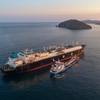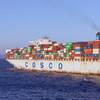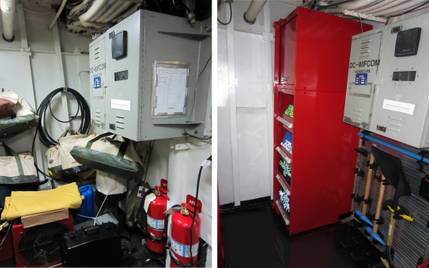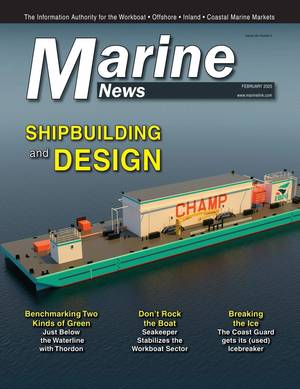The $50 billion Nicaragua Canal scheme promises to bring huge economic benefits to Central America's poorest country. But environmentalists and peasant farmers strongly oppose the project. And many are wary of the Chinese company that is to construct the canal.
The massive canal will connect the Pacific and Caribbean and could reduce the cost of shipping commodities from Europe to Asia. The canal would be both longer and wider than the Panama Canal. Canal critics fear there will be confiscations of land, environmental mayhem and a job boom that will bypass the locals.
In an interview with BBC today (March 19), Wang Jing, the Chinese billionaire who intends to build a shipping canal through Nicaragua connecting the Atlantic and the Pacific, has dismissed the project's critics.
Jing, the Chairman and Chief Executive Officer of HKND Group, said that having Chinese companies leading the project would help ensure success. Initial site work began last December but the project is scheduled to start in earnest after publication of the environmental assessment next month.
US and European exporters could profit handsomely from the so-called Grand Interoceanic Canal as it will cut shipping costs to Asia and allow passage of supertankers too large to transit Panama. Petroleum and liquefied natural gas producers in particular stand to benefit.
Canal supporter Michael Healey, head of a Nicaraguan agribusiness association, says the Chinese-led project will provide over $50 billion (44 billion euros) in foreign investment and create over 250,000 full time and construction jobs.
But environmentalists argue that the canal will destroy Lake Nicaragua and irreparably disrupt wildlife migration. Local campesinos (peasant farmers) worry that their land will be confiscated, and they will be forced to relocate.
The project, which was pushed through the Ortega government in June 2013 in three days and done "in total secrecy", according to observers, is optimistically scheduled to be open for business in December 2019. It would be 278 km in length and would traverse Lake Nicaragua.
A lawyer for the Indigenous Rama people in Nicaragua told the Inter-American Commission on Human Rights (IACHR) that there could be serious repercussions for the Rama if Nicaragua’s canal project is allowed to continue.
Rama leader Becky McCray, the lawyer for the tribe, said that the Rama were likely to lose their language along with their land if the group is displaced by the canal. Currently, the Rama language is only spoken by several dozen people in the world. Fifty-two percent of the route of the Grand Canal passes through lands belonging to the Indigenous Rama and the nearby Afro-descendant Kriol community.













